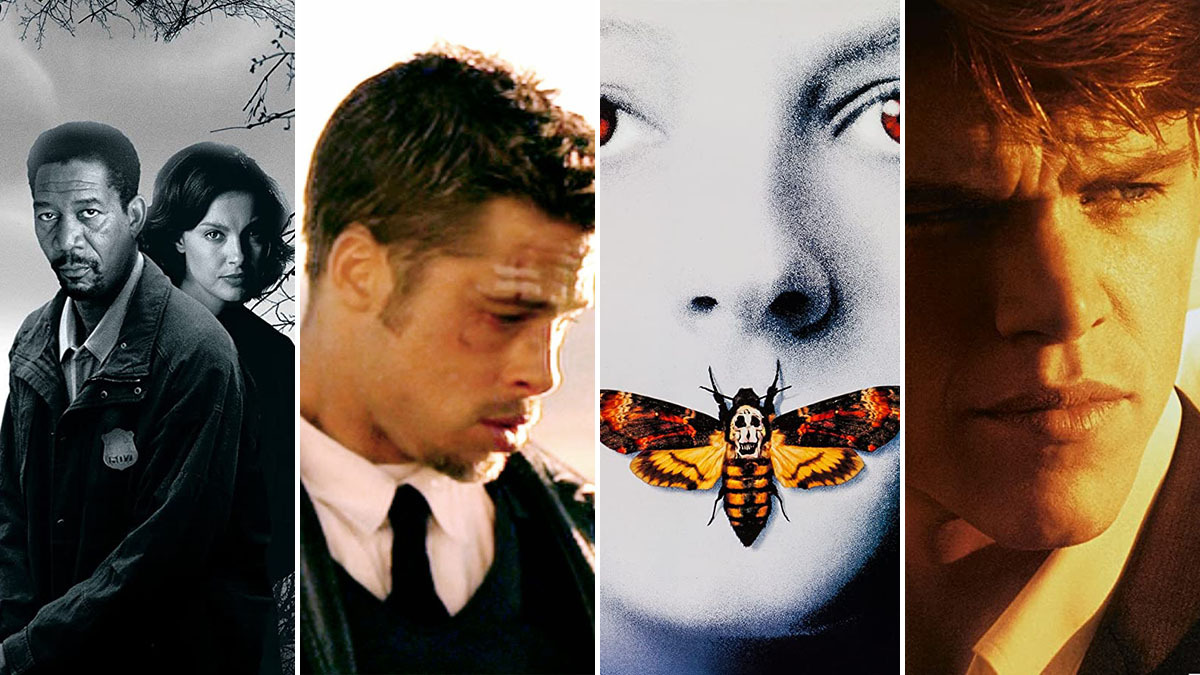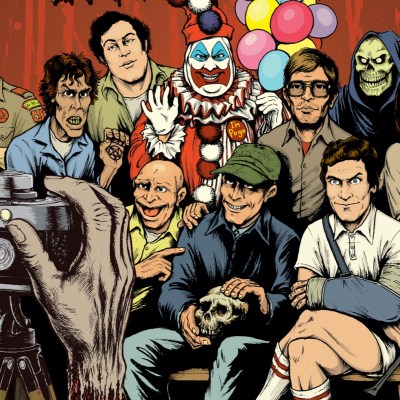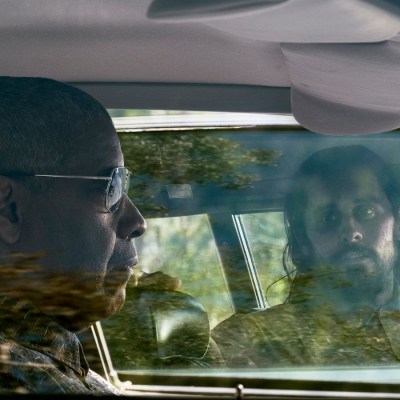Someone must have left the freezer door in the morgue open, because grisly reminders of the past are thawing before our eyes. You can see it this weekend with the release of John Lee Hancock’s The Little Things, a throwback to the days when movie stars hung out at crime scenes instead of in spandex, and it’ll be more apparent next month with the launch of Clarice, a television spinoff of 1991’s The Silence of the Lambs. All the evidence points to only one conclusion: the serial killer thrillers of the ‘90s are back!
Not that we’re complaining. For a macabre minute or two, every Hollywood name appeared eager to play either the detective or the killer—the hunter or the obsessed, which often proved interchangeable for both characters. Granted that means there can be something formulaic about many of these movies. Yet they can also be bleak, hard-edged, and ambiguous. From our modern gaze, where the dominant studio conventions prefer reassuring morality tales and sunny lighting, these movies’ preference for shadows and discomfort in the mainstream is kind of startling.
So grab your magnifying glass and fortify your stomach, because we’re about to revisit some of the best (and worst) of ‘90s serial killer thrillers. (Also this list is strictly for the decade when the genre was at its height and it excludes slasher movies like Scream, which may feature serial killers but were not exactly adult-oriented thrillers.)

12. Eye of the Beholder (1999)
Eye of the Beholder is a tonal oddity that only passingly flirts with the conventions of ‘90s serial killer thrillers, all while it tries to pay homage to (read: rip-off) Alfred Hitchcock. But any credit it deserves for deviation—including making Ashley Judd’s central femme fatale the killer—it loses in execution. As a muddied, impenetrable tale about an intelligence officer (Ewan McGregor) who spies on and falls in love with a serial killer, Eye of the Beholder is a scattershot of bad ideas that run the gamut from ludicrous to misogynistic.
Beauty may be in the eye of the beholder, but this movie will close the lids over your pupils inside of 30 minutes.
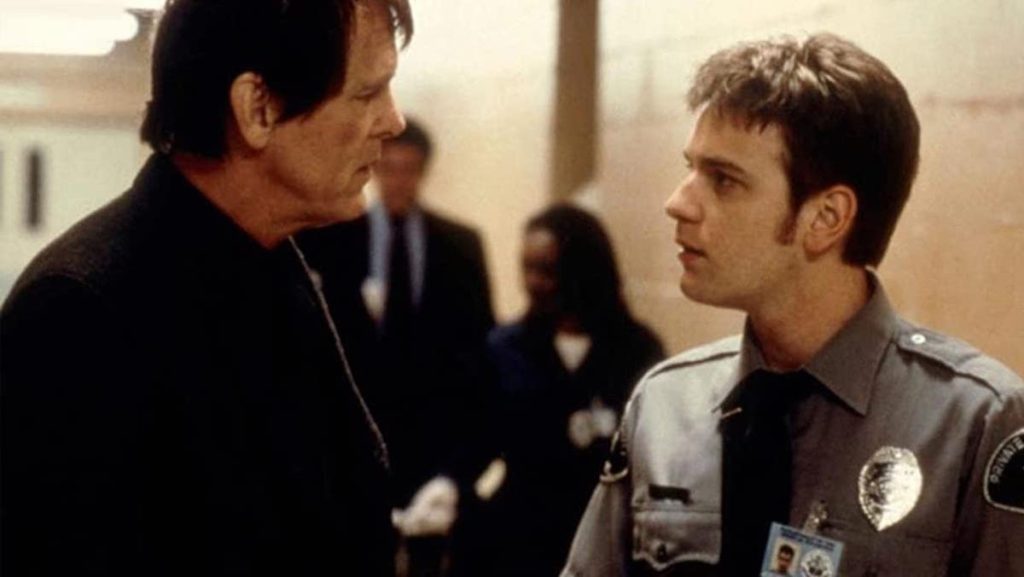
11. Nightwatch (1997)
It feels a little mean to rag on Ewan McGregor back-to-back, but maybe serial killer movies just aren’t his genre? That could be at least one takeaway from an ill-advised double feature of Eye of the Beholder and Nightwatch, the latter of which is a remake of a 1994 Danish film that I’ve not seen… and probably won’t since both the original film and American remake are directed by the same man.
McGregor plays medical student Martin here, a kid who gets an after school job by becoming the night watch security at the local morgue. But as a series of grisly prostitute murders pile up, Martin realizes he needs to figure out who the killer is—that or continue to be framed by the necrophiliac fiend who keeps coming by the morgue for one last liaison. It’s exactly as skeevy as it sounds. Do yourself a favor and go your whole life without hearing Nick Nolte sing “This Old Man” while climbing onto a corpse.

10. Natural Born Killers (1994)
The movie that Quentin Tarantino disowned, Natural Born Killers is a seedy mess based on a Tarantino script that was heavily rewritten by Oliver Stone, David Veloz, and Richard Rutowski. The concept itself is a seemingly inevitable escalation of the “bad romance outlaws” archetype that’s been floating around Hollywood since at least 1950’s Gun Crazy, and which was then made iconic by Bonnie & Clyde (1967).
But whereas those films relied on bank robbers living fast, Natural Born Killers descends into a seeming final form with Mickey and Mallory (Woody Harrelson and Juliette Lewis) as giddy serial killers who are eventually out for maximum carnage. Technically the pair are supposed to be presented as victims of traumatic child abuse—and who are then wrongfully glorified by the media. But Stone’s sloppy and tanked vision lacks the discipline to achieve anything beyond its maliciousness. Early sequences imagining Mallory’s abusive childhood like it’s a television sitcom, and later psychedelic visions of Robert Downey Jr.’s opportunistic news reporter as the Devil, do little to divorce the film from its shallow self-satisfaction in close-ups of heads being shot.
The movie came under controversy in the years after its release for inspiring alleged copycat killers as well as school shooters. It feels irresponsible to blame media for actual violence, but it’s still quite an indictment that Stone’s attempt to criticize media glorification became a favorite for many a disturbed individual with a gun.
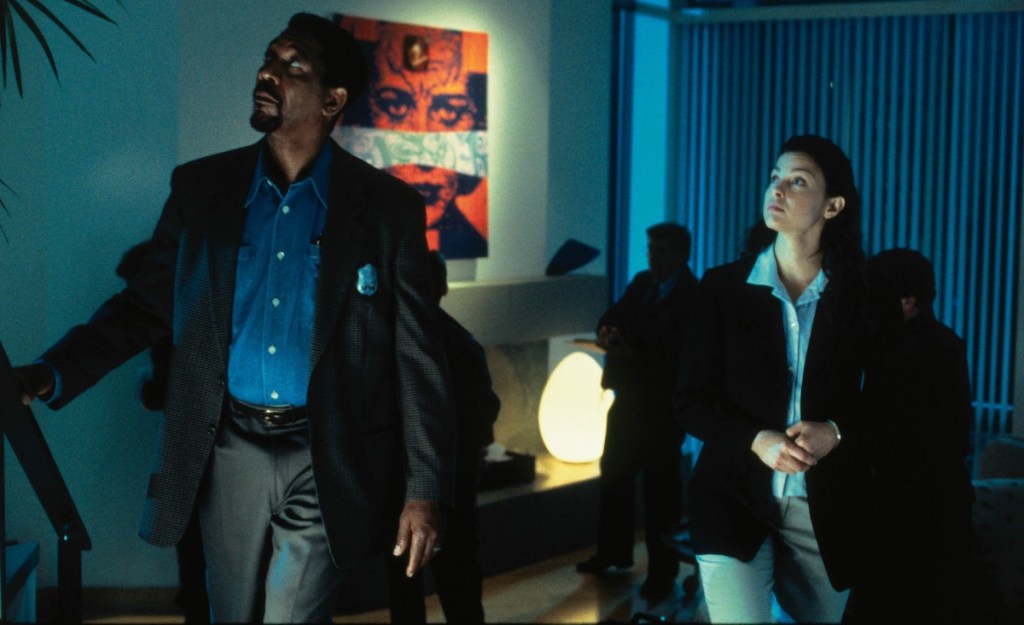
9. Kiss the Girls (1997)
When studying competent, middle of the road Hollywood thrillers, Kiss the Girls is a solid place to start. As a decently made bit of studio convention, the movie is anchored by strong elements like Morgan Freeman as James Paterson’s literary hero, Alex Cross, and Ashley Judd as Kate, the victim who survives a masked killer’s attempt to abduct her into his harem.
Moments like Kate’s escape sequence through the North Carolina wilderness are effectively filled with adrenaline, and Judd particularly gives the salacious piece conviction. However, it is salacious to a fault. Even if the movie toned down the source novel’s even more lurid misogyny, the film studies Kate and the other victims with a lascivious male gaze, blurring sex with violence, real world horror with leering entertainment. Right down to its title, the film can be rightly criticized as Hollywood glamourizing another story about violence against women. Whether that damns the whole movie depends on the viewer, but it certainly keeps it low on our list.
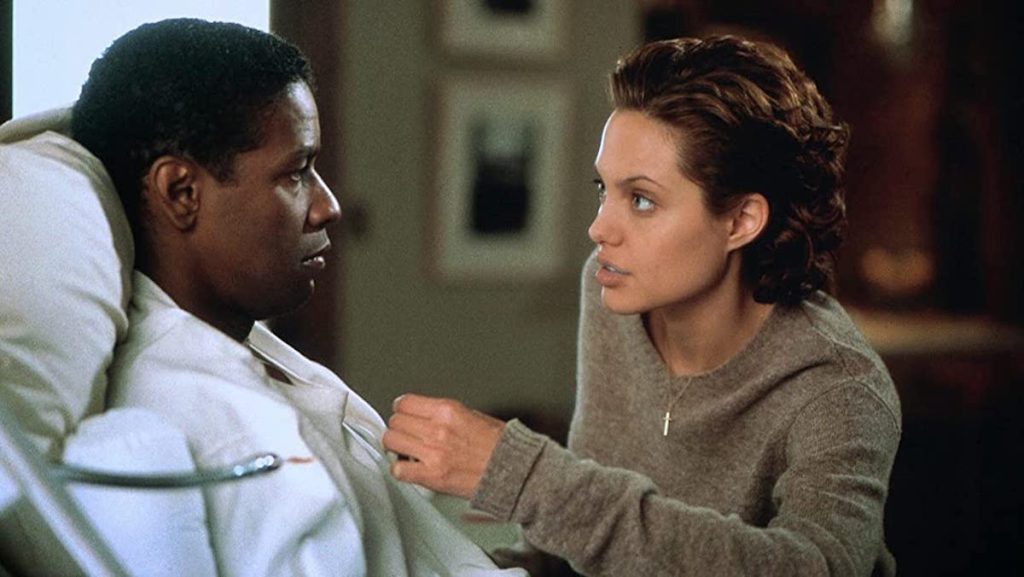
8. The Bone Collector (1999)
Marketed with a hell of a tagline about there being thousands of taxi cabs in New York City that’ll get you home—and one that won’t—The Bone Collector is almost comically slavish to the clichés of ‘90s moviemaking. The wrinkle here is that after a faux cab driver begins abducting his victims off the street, the crime psychologist who must stop him is entirely stuck by his bedside. Due to a tragic accident, Denzel Washington’s Lincoln Rhyme is paralyzed from the neck down. Yet he is still able to catch serial killers by communicating in the earpiece of police officer Amelia Donaghy (an entirely unconvincing Angelina Jolie).
Read more
Together the pair stay one step behind the mystery killer’s tracks as he executes a series of increasingly gruesome and ridiculous murders. It’s preposterous, and in some ways a forerunner for Saw with the satisfaction it takes in absurd death traps, but Washington is effortlessly compelling, even when he never leaves his apartment. As a bit of absurd Hollywood fluff, right down to the ultimately lackluster unmasking of the killer, it can be entertaining, even if you’ll deny it afterward.
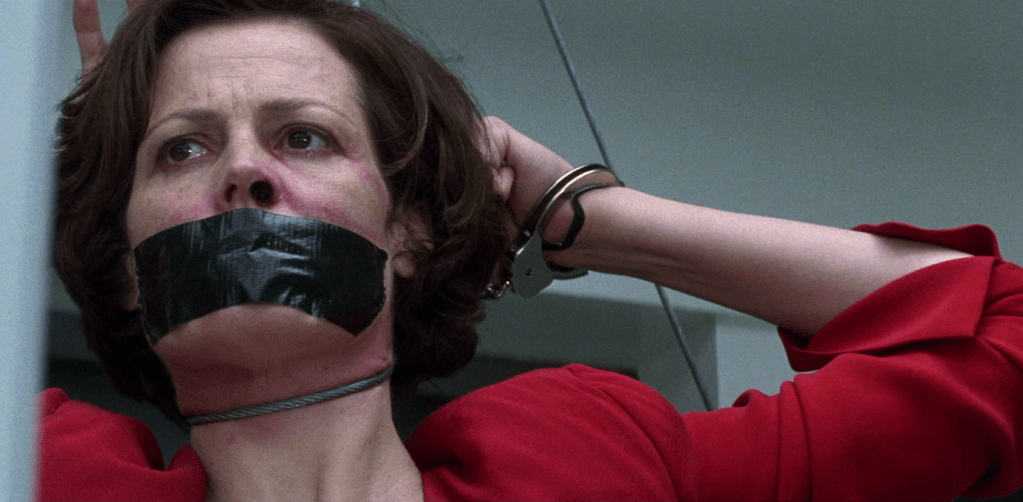
7. Copycat (1995)
More potent than I remembered, Copycat is a genuinely well-crafted Hollywood thriller that may not reinvent the wheel but takes it out for a damn good spin. In the driver’s seat is Sigourney Weaver as Dr. Helen Hudson, a criminal psychologist who is an expert on serial killers until one follows her into the bathroom after a guest lecture. He nearly hangs her from the ceiling. Following that white-knuckled opening, the film jumps years ahead and Helen has become agoraphobic and afraid to leave her home.
Yet when a local series of murders reveal the pattern of a predator imitating the methods of his favorite “celebrities”—one crime scene is like the Boston Strangler and another emulates the horrors of Jeffrey Dahmer—Helen is pulled out of retirement by a no-nonsense detective (Holly Hunter). The winning chemistry between Weaver and Hunter—who are refreshingly free from the studio-mandated romantic subplots in some of the other movies on this list—and the blunt force power of their performances aid this sincerely disquieting flick. A needlessly convoluted third act aside, the movie still works as a warning about the danger of fanboys a generation early.
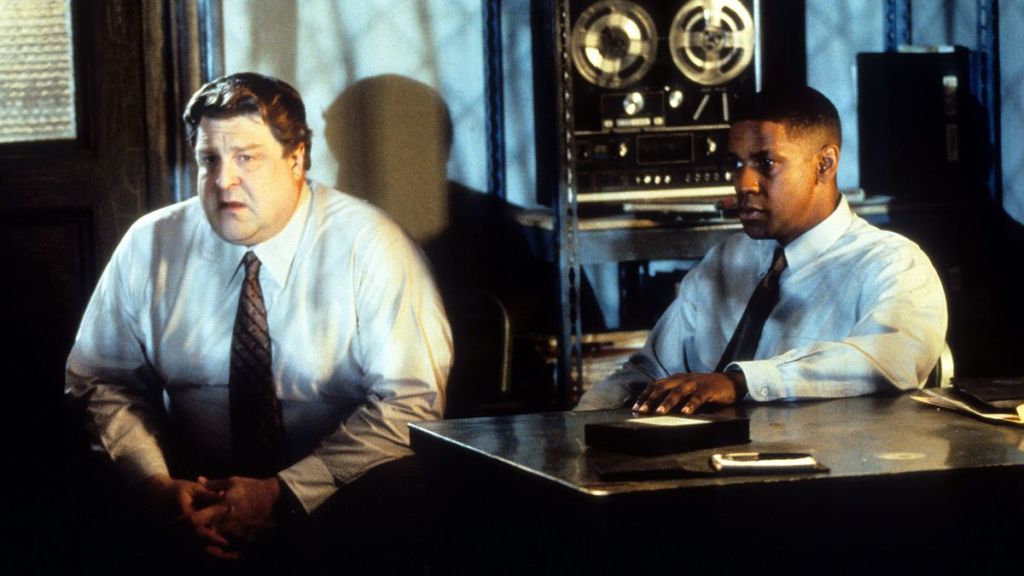
6. Fallen (1998)
Denzel Washington appears again thanks to this clever supernatural spin on the serial killer genre. At the beginning of Fallen, Washington’s John Hobbes appears on top of the world. The serial killer he chased for years (Elias Koteas) is about to breathe deeply in the gas chamber. Yet after the lever is pulled, and with Koteas singing the Rolling Stones’ “Time is On My Side” until his last breath, a funny thing happens: the murders continue.
In fact, more than just the killings, strangers in the street sing “Time is On My Side” in Hobbes’ ear, and he soon realizes that he faces a devil of a killer whose been operating since the beginning—quite literally since the villain is a demon who was once an angel that fell with Lucifer. It’s a bizarre premise given strutting confidence thanks to Washington’s performance, as well as good supporting work by John Goodman and Donald Sutherland. Twenty years later and its ending still sticks with me.
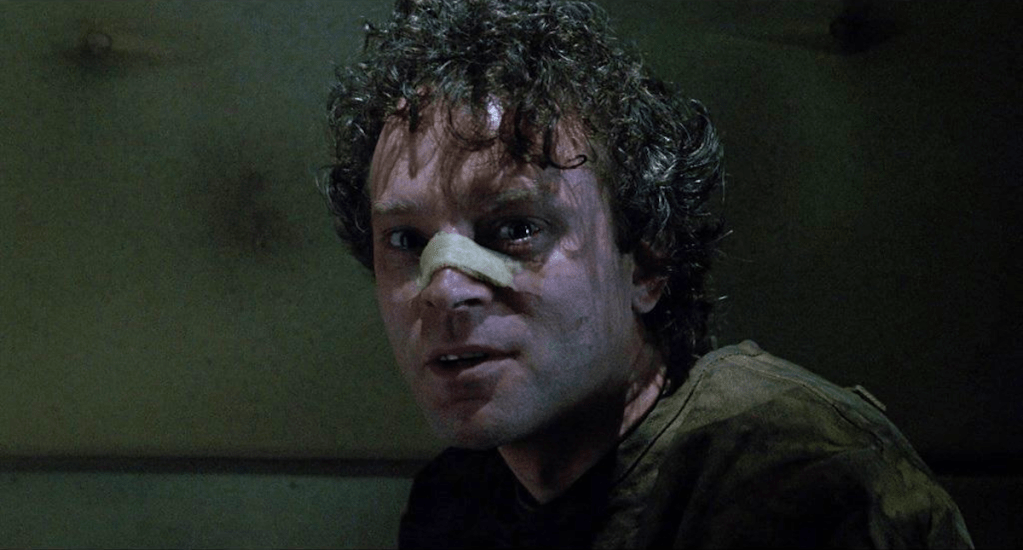
5. The Exorcist III (1990)
If you haven’t seen The Exorcist III, we know what you’re thinking: “Really?!” Yes. In fact, this isn’t even an exorcist movie; it should’ve been titled Legion like the 1983 novel it’s based on. Alas writer-director William Peter Blatty was forced to use the title and do reshoots that added an exorcism in the climax. Still, this supernatural thriller which involves a serial killer back from the dead is far better than it has any right to be.
Following the character of Lt. Kinderman from the 1973 masterpiece, the middle-aged gumshoe is now played by George C. Scott instead of the late Lee J. Cobb, and he possesses Scott’s usual love for contrasts between the restrained whisper and a bombastic howl. He also makes a sympathetic, secular detective forced to face the horrors of Hell when a series of murders committed against Catholic priests appear to be the work of the Gemini Killer (Brad Dourif), a serial killer whom Kinderman sent to the chair more than 10 years ago.
Read more
Somehow the fiend—plus Kinderman’s long dead pal Father Damien Karras (Jason Miller)—appear to now be living in the same body of a John Doe kept in a mental asylum. With an unrelenting atmosphere of dread, palpable tension, and more of Blatty’s intellectual struggle with concepts of faith and evil, the film is more high-minded than its hacky title suggests. It also features one of the best jump scares in movie history.
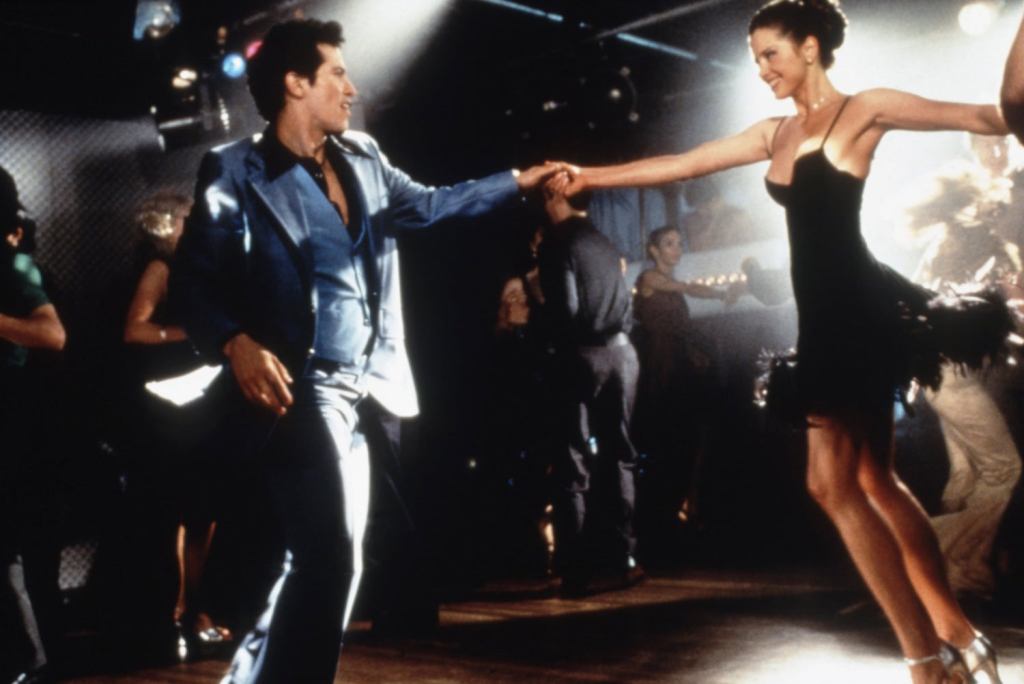
4. Summer of Sam (1999)
The only movie on this list directly based on an actual serial killer’s crimes, Spike Lee’s Summer of Sam is a serious-minded joint. However, it’s only partially about the murders perpetrated by David Berkowitz, aka the “.44 Caliber Killer,” aka the Son of Sam. Rather the film focuses on the effects a serial killer has on the culture of New York City during the sweltering summer of 1977, and how it affects young lives trying to make it in the big city.
Influenced by Lee and his co-writers Michael Imperioli and Victor Colicchio’s memories of growing up in 1970s New York, the pic is a love letter to a grim moment in history when the city was about to explode with murders, blackouts, crime, and disco. All of this is digested from the vantages of Vinny (John Leguizamo), a philandering hairdresser guilt-ridden for cheating on his wife (Mira Sorvino), and his childhood pal Ritchie (Adrien Brody), who’s left the old neighborhood behind to join the fledgling punk rock scene.
With a greater interest in how a serial killer affects the culture and institutions of a city on edge than being a traditional crime drama, Summer of Sam is a bit of a forerunner to David Fincher’s far more polished Zodiac from a few years later. With heavy-handed dialogue and a plot too big for Lee to fully get his arms around, even at 142 minutes, Summer of Sam can be uneven and messy. But it has the sweaty incorrigibility of a long night out, and of revelries half remembered like from a fever dream.
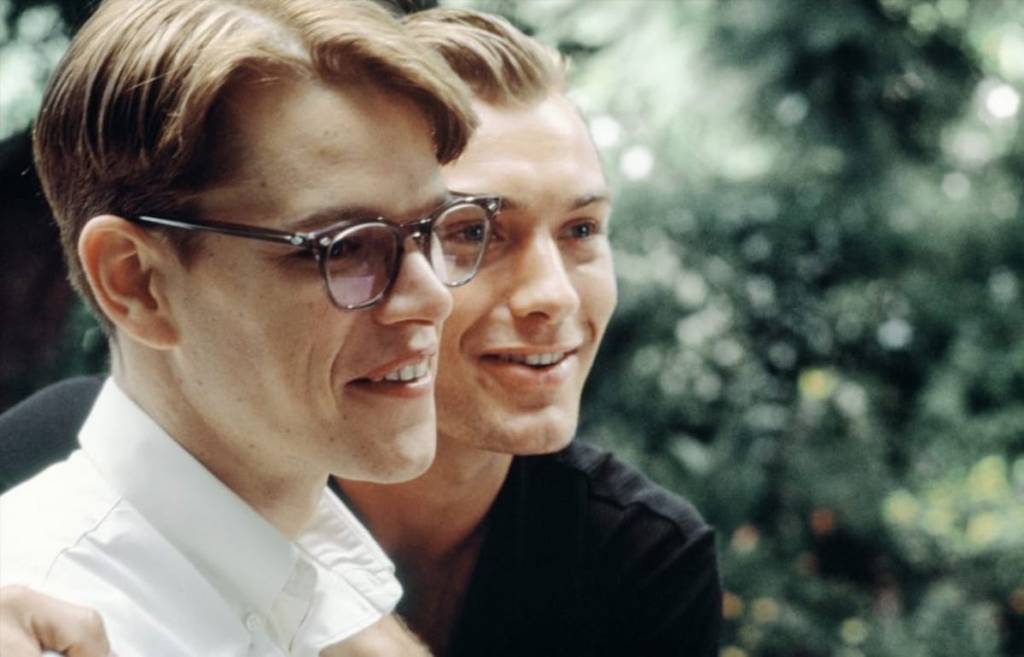
3. The Talented Mr. Ripley (1999)
The rare serial killer movie told entirely from the perspective of the killer, Anthony Minghella’s The Talented Mr. Ripley is disarmingly creepy. Despite its glossy awards bait sheen, there is a cold-blooded streak that runs deep to the heart of the piece, likely due to Patricia Highsmith’s source 1955 novel. Starring Matt Damon fresh off his Good Will Hunting golden boy sheen, the film uses its casting to disorient and ultimately disturb.
Like Highsmith’s book, the film is not structured like a traditional thriller. It instead favors a detached ambivalence about its seemingly nebbish hero as he agrees to become an errand boy for the rich by traveling to 1950s Italy in order to retrieve a silver spoon cad (Jude Law) for his father. But the more time Tom Ripley (Damon) spends with Law’s Dickie Greenleaf, the more he grows envious of Dickie’s lifestyle, his wealth and confidence, and maybe even his affection for socialite Marge (Gwyneth Paltrow). There is a subtle—too subtle due to ‘90s Hollywood conventions—homoerotic undercurrent throughout the film as Ripley slowly works up the courage to take his first life. It won’t be his last.
Read more
Highsmith wound up publishing four subsequent sequels to The Talented Mr. Ripley, but unfortunately no more were made with Damon. Perhaps because this was too unsettling for an ongoing franchise.

2. Seven (1995)
While watching David Fincher’s masterful Seven, the thing that immediately stands out is the oppressive nihilism that permeates throughout. There were decades of neo noir before this detective yarn about the hunt for a serial killer, but none demonstrated such an overbearing sense of despair before the opening credits were even concluded. And perhaps what makes it unshakable is how welcoming the film is toward bleakness; it succumbs long before the gut-punch finale.
Telling the story of an old cop days from retirement (Morgan Freeman) and a hotheaded rookie detective (Brad Pitt), Andrew Kevin Walker’s script has an economy of pace that still impresses despite its cynicism. Very quickly one murder becomes two, then three, and soon four. Yet none of the atrocities are reveled in by Fincher’s blocking; they’re off-screen mutilations which leave psychic damage on his two leads and, eventually, us. The deaths also quickly establish a pattern that their serial killer is targeting seven souls, each intended to embody one of the seven deadly sins.
The movie is a classic now for its climax where the killer “John Doe” (a reptilian Kevin Spacey) turns himself in and leads the cops into the darkest pit, but it’s the entire package that makes this one linger more than 25 years later. At the end of the film, Somerset quotes Hemingway by saying, “‘The world is a fine place and worth fighting for.’ I agree with the second part.” I’m not convinced his film does.
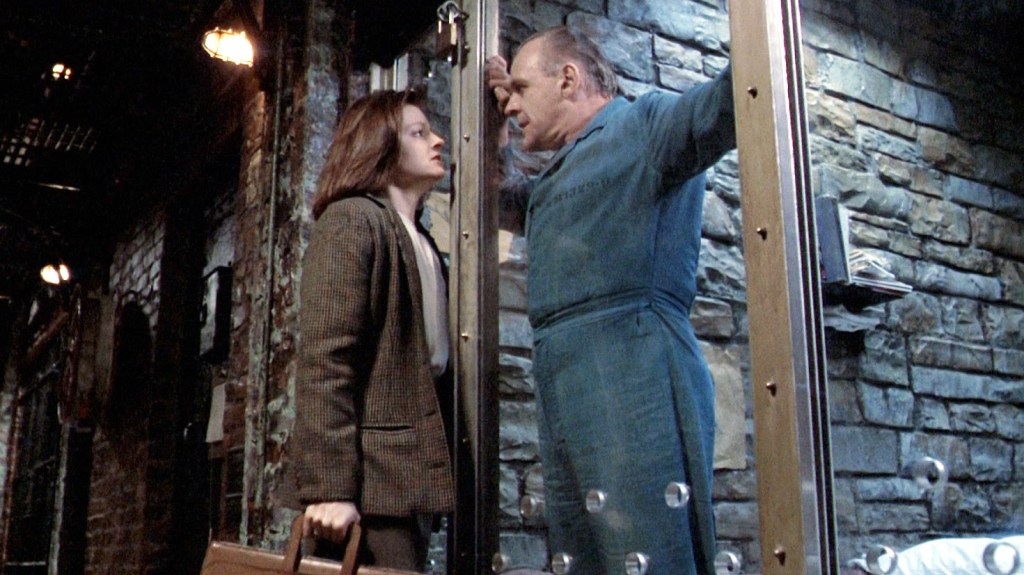
1. The Silence of the Lambs (1991)
As the film that kick-started the idea that serial killers could create their own film genre, The Silence of the Lambs still remains the best of its kind. Blessedly unaware that it was creating conventions for countless copycats, the film tells its psychological drama with simplicity and clarity. Whereas other films on this list bask in their bleakness, there is a dogged optimism and even perverse warmth to this Jonathan Demme adaptation of Thomas Harris’ Silence of the Lambs novel. And that’s of course largely attributable to the casting of Anthony Hopkins and Jodie Foster.
As Dr. Hannibal Lecter, Hopkins is of course monumental. It’s a performance that turned a quinquagenarian into an overnight movie star, and became Hopkins’ calling card as he returned to the not-so-good doctor’s well one too many times. Still, he’s undeniably enthralling as Hannibal, a cannibal psychologist with superhuman powers of observation and mental menace. Even so, Foster is often overlooked by critics for her own contributions as the FBI trainee who’s proverbially fed to the incarcerated Lecter—a pretty face to get the serial killer to consult pro bono on the crimes of another mass murderer. It’s just one more example of casual sexism faced by Clarice that gives Foster as much to play as Hopkins.
Read more
Surrounded by the slights and prejudices of men—be they in law enforcement or straight jackets—Clarice is constantly underestimated. She finds an intellectual rapport with Hannibal, but she pulls herself out of the darkest night, and the screaming of the lambs, without assistance. Her perseverance matched by Hannibal’s darkly seductive qualities is the juxtaposition that makes Silence of the Lambs one of the finest films of its decade.
